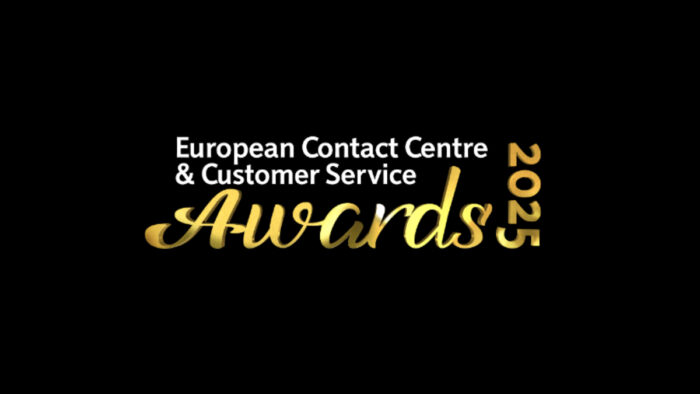What is Call Center Automation?
Call center automation solutions have been around for decades. In the 1960s, PABX or private automated business exchanges used automatic call distributor (ACD) technology to manage large numbers of customer calls. The technology was advanced enough to automatically assign calls to agents based on an algorithm, not a human operator.
Fast forward to today. While agents still play a vital role in providing better customer support, they now work from multiple locations and are but one part of a company’s customer service strategy. Self-service portals, chatbots, virtual assistants, and more play an equally important role in improving contact center operations.
Why Call Center Automation is Essential to Your Bottom Line
Contact centers are expensive to operate, and call center agent performance metrics are under constant management scrutiny. Automation of customer service improves call center workflows by:
- Reducing errors. Automated workflows eliminate the need for repetitious data entry. They also facilitate communication between different business tools and ensure information is kept consistent and up-to-date. This improves efficiency in accessing knowledge, which results in more satisfying customer interactions.
- Making work more efficient. Agents do far more than answer customer queries. After-call work can make up a significant portion of an agent’s workday. Filling out reports, updating databases, and sending emails is tedious and prone to human error. Automation takes these burdens off agents and lets them move on more quickly to the next customer.
- Keeping everyone informed. Automated reminders, updates, and notices offer greater visibility into the call center’s workings and keep agents and managers informed and moving forward.
So, how can your business use call center automation to improve the customer experience? The recently released Cisco Contact Center Global Survey confirms technology advances are driving customer call center expectations. Organizations are increasingly embracing innovative solutions such as:
- Omnichannel experiences that enable customers to get the answers they need where, when, and how they want them. And customers expect those experiences to be consistent across all channels, so they don’t have to repeat themselves if they switch between agents or platforms.
- Quality assurance technology that makes it easy to track key KPIs so you can increase sales, reduce churn, and improve agent performance and attrition. The ability to highlight trends and uncover patterns makes for real-time insight that improves decision-making.
- Self–service solutions. Most customers say they want the option of solving their own product or service issues. An online knowledge database empowers customers to find the answers they need without having to communicate with a live agent.
- Speech and text analytics are powerful call center tools that help you better understand customer interactions. Be it through social media, email, or live chat, text has become an increasingly popular way for customers to contact companies. Both tools allow you to review and monitor communications, no matter where they occur.
- Predictive analytics help managers analyze interactions to see what makes them successful or unsuccessful from the customer’s point of view. In-depth reviews help in creating improved processes and in predicting future needs. For instance, you can look at call volume, average handling time, and customer satisfaction for the previous holiday season to better anticipate the resources you’ll need for the coming season.
- Data analytics and reporting is essential to a well-run contact or call center. Instead of relying on supervisors to keep track of agent performance and customer experiences, you can use advanced, real-time analytics to adjust quickly and easily.
- Cloud-based software has truly come into its own over the past year. Not only are cloud-based solutions more affordable, but they also offer the increased flexibility a remote workforce calls for. Agents enjoy a better work/life balance and call centers aren’t limited to a single location.
Customer experience keynote speaker and coach Dan Gingiss says that when a customer calls, “a critical moment presents itself.” You now have the opportunity to “right a wrong with the customer” and ensure they remain a brand advocate and positive referral source. Call center automation services ensure every caller has the best possible customer experience and keep your business competitive.
The Future of AI Customer Service Automation
For the foreseeable future, organizations will continue to rely on call and contact centers to deliver better service. Advanced call center technologies are designed to improve productivity, increase profitability, and, most importantly, elevate the customer experience. Digital solutions enable agents to spend less time on mundane tasks and more time doing tasks that drive success.
From omnichannel support to data analytics and self-service solutions, there are countless ways to improve how your organization’s call center operates. The key is to implement call center technology that gives customers the experience they want.
KMS Lighthouse offers next-generation knowledge management solutions that deliver the highest level of customer service while improving agent engagement and satisfaction. By putting the right knowledge at people’s fingertips, there’s no limit to how successful your business can be.


